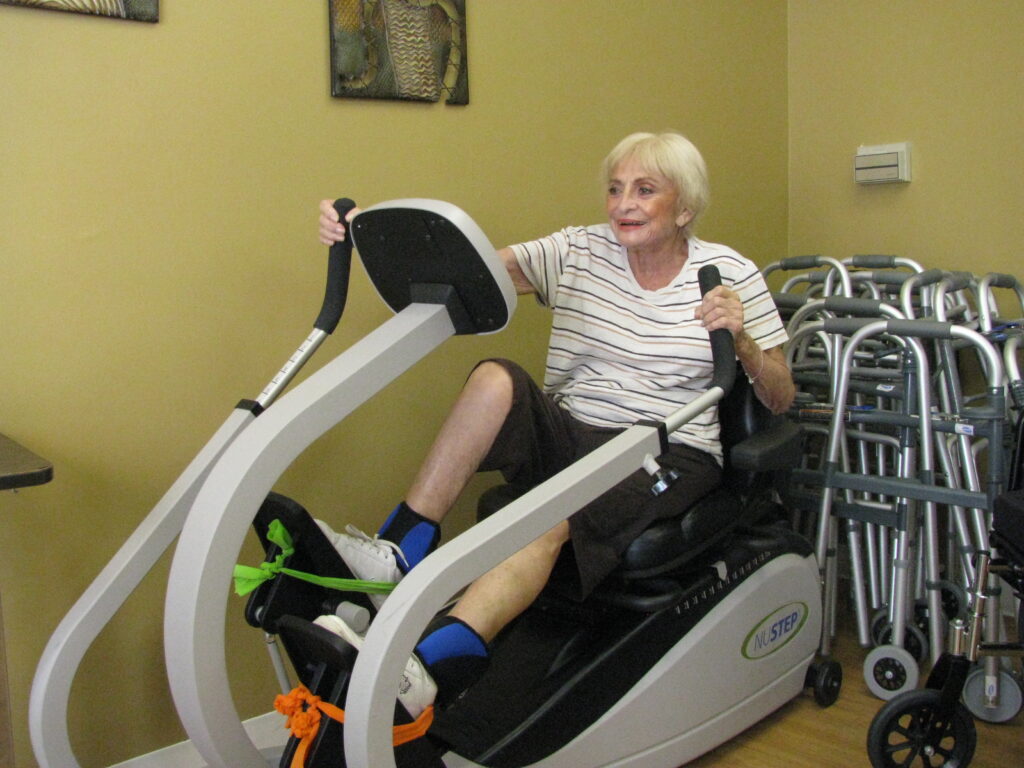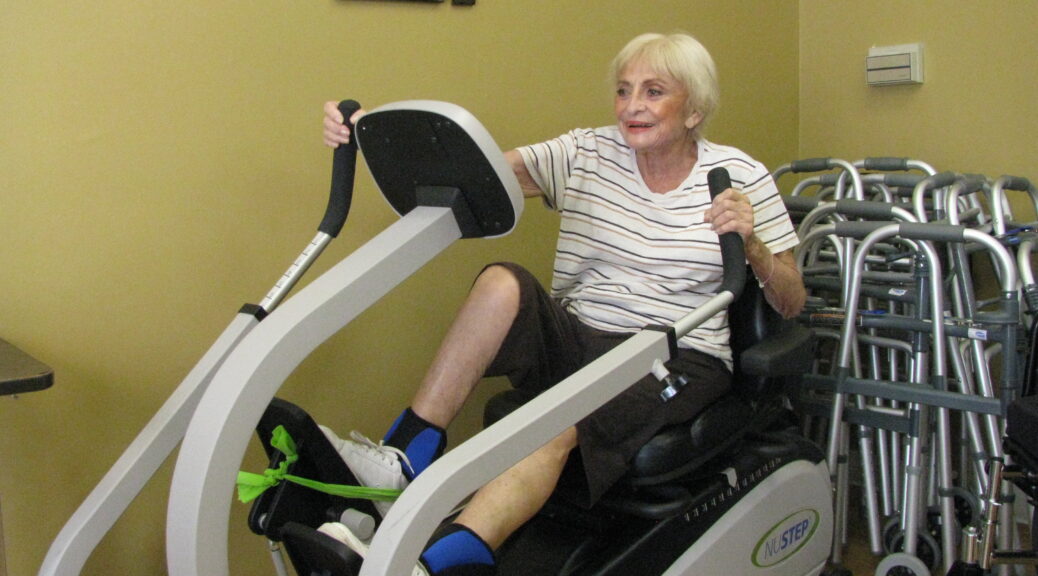
The White House provided this fact sheet on how President Biden’s Build Back Better framework will support the “sandwich generation”:
Too many Americans struggle with the high costs of raising children, caring for a sick family member, providing long-term care for people with disabilities or older adults, and addressing the myriad other caregiving challenges. These pressures are particularly acute for those with multiple caregiving responsibilities. As of 2018, more than one-in-ten parents (12 percent, or over 8 million parents) had a child under 18 in the home and were providing unpaid care to an adult, making them part of the “sandwich generation.” This work is especially likely to fall on women, as 5 million mothers are part of the sandwich generation, compared to 3.2 million fathers. Three-quarters of these mothers are employed, and more than half work full-time, making their schedules especially hard-stretched.
These millions of sandwich generation adults are caring for multiple generations of family members with few or no formal support, leading them to face difficult, if not impossible, decisions and high economic costs.
The price of child care has risen sharply, increasing faster than incomes over the last several decades. Child care prices increased by 210 percent from 1990 to 2019, while the median family income rose by 143 percent during the same period. Research suggests that lower-income families experience these cost pressures more than higher-income families, which means that basic goods and services, including child care, cut into family budgets more today than in the past. In turn, only 57 percent of children under six years old have parents who report that there are good options for child care where they live. And the United States is one of the only countries in the world that does not guarantee paid leave – 95 percent of the lowest wage workers, who are predominately women and workers of color, lack any access to paid family and medical leave. Still, the United States invests fewer public dollars in early childhood education and care relative to gross domestic product (GDP) than almost all developed countries – ranking 35th out of 37 countries tracked by OECD.
The need for high-quality, accessible, and affordable elder care is also increasing. By 2060, there will be nearly 95 million adults over the age of 65, which is almost twice the number of adults over the age of 65 in 2016. People age 65 today are estimated to have an almost 70 percent chance of needing some type of long-term care services in their remaining years, and 20 percent will need care for five or more years.
Meanwhile, there are not enough care workers to provide the care that is needed, in part because care jobs are often not family-sustaining jobs, making it challenging to recruit and retain a high-skilled workforce. Child care workers are among the most underpaid workers – the average pay is only $24,320 a year and nearly half of child care workers rely on public assistance. With low pay, child care workers turn over frequently – national estimates suggest that 26 to 40 percent of the workforce leave their job each year. Similarly, home care workers are extremely underpaid and 40 to 60 percent of home care workers turn over each year – high levels of churn even relative to other low-wage jobs. An analysis conducted in 2017 estimates that there will be a national shortage of 151,000 direct care workers by 2030 and 355,000 workers by 2040.
Limited access to high-quality care leaves many Americans to fill the gap in professional caregiving by providing unpaid care to their loved ones. The disproportionate caregiving burden that women bear makes them more likely to reduce working hours, choose lower-paying jobs, or leave the labor force entirely, all of which contribute to the gender wage gap and reduce family economic security.
To keep the middle-class in reach for millions of Americans and strengthen our economic security, we need to address our caregiving crisis. President Biden’s Build Back Better plan will lower costs both for families with young children and households with elderly members – and for millions of sandwich generation adults.
The President’s Build Back Better plan:
- Expands Access to Long-Term Care Services under Medicaid. Families feel the financial impact of caring for aging relatives and family members with disabilities, and there is a financial strain for people with disabilities living independently to ensure that they are getting care in their homes. At the same time, hundreds of thousands of people who need better care are unable to access it, even though they qualify under Medicaid. Aging relatives and people with disabilities deserve high-quality care that meets their unique needs and personal choices. President Biden is calling on Congress to invest billions toward expanding access to quality, affordable home- or community-based services (HCBS).
- Cuts costs of child care by more than half for most American families. The President’s plan also enables families to access more convenient, higher quality care where workers receive a better wage and benefits. It fully covers the cost of high-quality child care for young children for the most hard-pressed working families, and ensures that families earning up to 1.5 times their state’s median income will pay no more than seven percent of their income for high-quality child care for all children under age five. In addition to reducing the cost of child care and freeing up money for other spending, providing access to affordable, high-quality child care also increases parents’ incomes, as they continue working and earn more over time.
- Offers universal free preschool to all three- and four-year old children. Only about one-fifth of all preschool aged children are enrolled in a preschool program, and free preschool will help offset the costs of child care that families face or help parents providing unpaid caregiving to go back to work. The President is calling for a national-state partnership that offers preschool to all families in the setting of their choice – whether in a school, Head Start, or child care setting. These investments will especially benefit low-income families and families of color, whose children are less likely to be enrolled in preschool.
- Lowers Seniors’ Health Care Costs. The Build Back Better plan would reduce health insurance premiums, saving 9 million people an average of $50 per person per month, and add dental, vision, and hearing coverage to Medicare. By closing the Medicaid coverage gap for low-income Americans, the President’s plan would help 4 million people gain coverage. President Biden’s plan will lower prescription drug costs for Americans by letting Medicare negotiate drug prices, so consumers are no longer at the whim of pharmaceutical companies. Lowering these costs will help reduce the burdens families face. Take, for example, a family in Arizona with two parents who together earn $85,000 per year and care for an elderly parent who needs arthritis medicine, which costs $5,500 per year out-of-pocket, and an eye exam to get a new pair of glasses. Prescription drug reform like that outlined in the Build Back Better plan would cap out-of-pocket costs for the elderly parent’s prescription drugs, saving the family $2,400 per year, while new vision benefits under Medicare would pay for the elderly parent’s eye exam and new glasses and lenses.
- Creates a National Comprehensive Paid Family and Medical Leave Program. The program will ensure workers receive partial wage replacement to take time to bond with a new child; care for a seriously ill loved one; deal with a loved one’s military deployment; find safety from sexual assault, stalking, or domestic violence; heal from their own serious illness; or take time to deal with the death of a loved one. This program guarantees twelve weeks of annual paid parental, family, and personal illness/safe leave, and also ensures workers get three days of bereavement leave per year, by year 10. The program will provide workers up to $4,000 a month, with a minimum of two-thirds of average weekly wages replaced, rising to 80 percent for the lowest wage workers. A study of California’s paid leave program, which began in 2004, indicated that paid leave also helped to reduce nursing-home utilization: About one in ten person-years spent in nursing homes were prevented by paid leave, likely because the policy gave workers sufficient flexibility to provide informal care to family members on the side.
- Boosts compensation of child care and home care workers. The President’s plan would ensure child care and preschool teachers are paid a living wage, one that is comparable to kindergarten teachers if they have similar credentials. The President’s plan to expand HCBS under Medicaid will support well-paying caregiving jobs that include benefits and the ability to collectively bargain. Investment in higher labor standards for care workers improves these jobs and attracts more workers to the care industry.
- Significantly Expands the Child Tax Credit. The Build Back Better plan increases the amount of the credit from $2,000 per child to $3,000 per child six-years-old and above, and from $2000 to $3,600 per child for children under six. It also makes 17-year-olds eligible for the first time, and makes the credit fully refundable on a permanent basis, so that low-income families—the families that need the credit the most—can benefit from the full tax credit. For a family with two parents who earn a combined $100,000 per year and have two children under six, the Child Tax Credit expansion means the family’s credit would go from $4,000 total to $7,200 total, an additional $3,200 per year in tax relief. For a family with two parents who earn a combined $24,000 per year and have two children under six, the expansion means even more; they would see roughly $4,400 in additional tax relief because the full credit was not previously available to them.
Provides low- and middle-income families a tax cut based on care expenses. Families would receive a tax credit for up to half of their expenses related to caring for a child under age 13 or a loved one with disabilities. This would extend the dramatic expansion of the Child and Dependent Care Tax Credit (CDCTC) enacted in the American Rescue Plan. With this expanded credit, families earning $125,000 can receive up to a total of $4,000 for one dependent or $8,000 for two or more. And families earning up to $400,000 would get at least as generous of a credit as they receive today.

